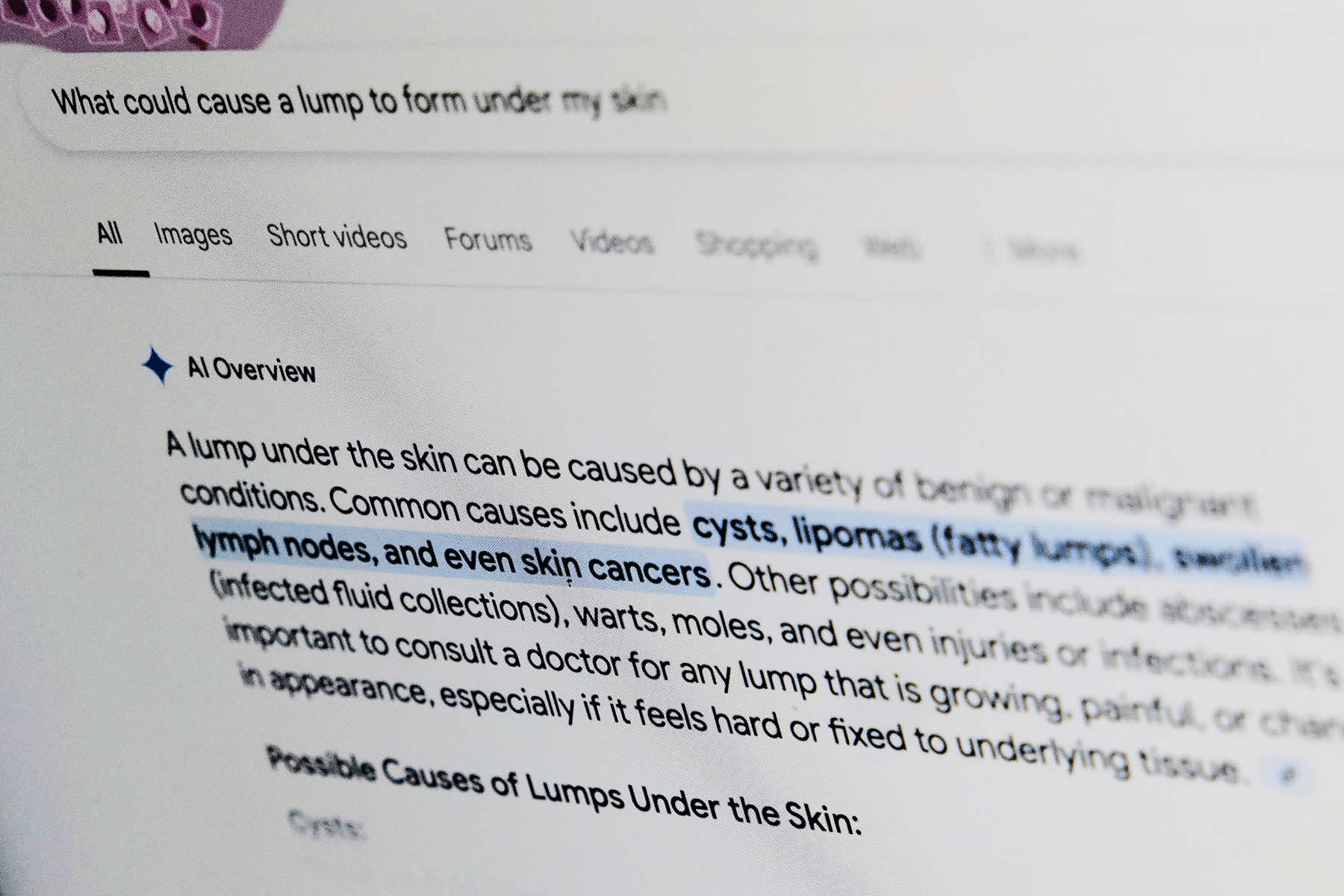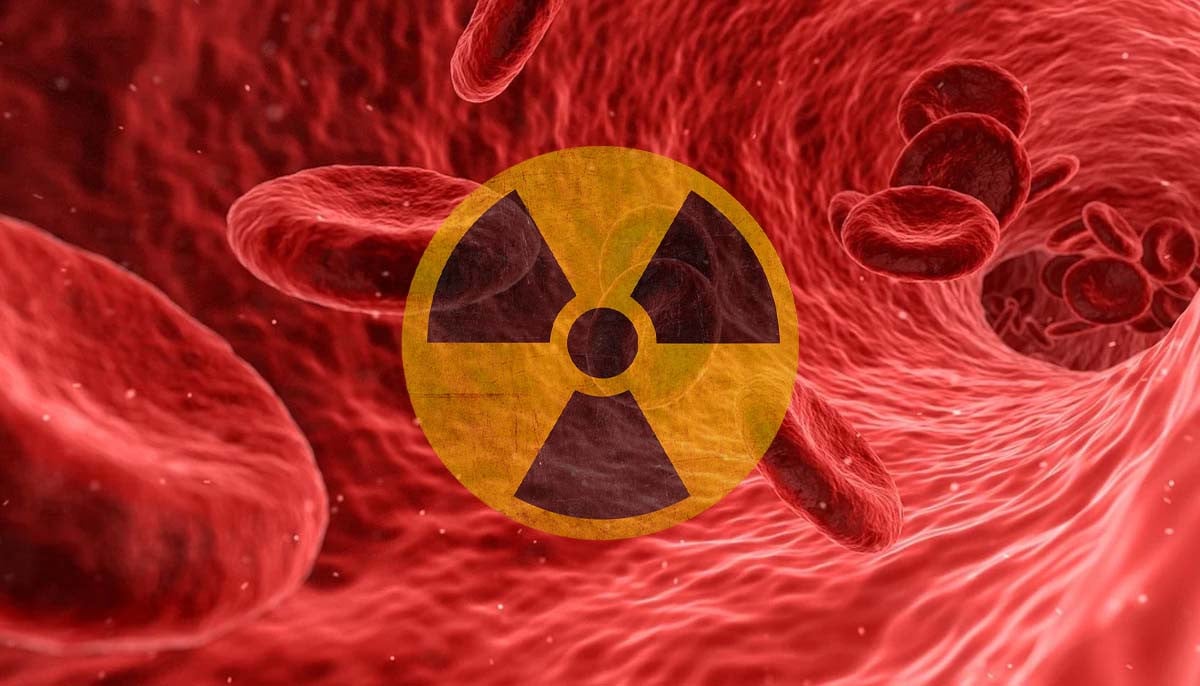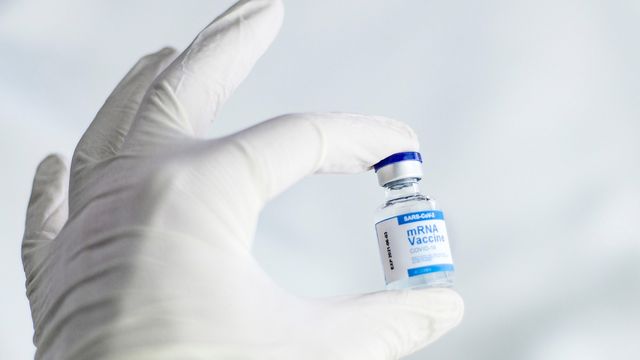A study published in the Critical Reviews in Food Science & Nutrition looks at the risks and benefits of vegan…
Category: 6. Health
-

Warning about ‘fragile’ health care system amid flu outbreak
Marie-Louise Connolly,Health correspondentand
Catherine Doyle,BBC News NI
 Getty Images
Getty ImagesThe health care system in Northern Ireland “is so fragile” that it would only take “one thing to knock it over”, the executive director of the Royal College of…
Continue Reading
-
Alzheimer's drug hunt learns from cancer fight's multi-target playbook – Reuters
- Alzheimer’s drug hunt learns from cancer fight’s multi-target playbook Reuters
- A Changing Moment in Dementia Research UrbanAsian.com
- Advancing Early Detection and Equitable Access in Alzheimer Disease Care The American Journal of Managed Care®…
Continue Reading
-

Most comprehensive study to date maps health benefits and risks of plant-based diets for children
New research explores how plant-based diets affect children’s health, revealing heart benefits alongside risks of nutrient deficiencies without careful planning.

A major new study has highlighted both the health benefits and…
Continue Reading
-

Warning issued over ‘alarming’ antimicrobial use report
A study has found an “essential” antibiotic is frequently being used to treat dogs and cats, despite existing guidelines.
Image: nobeastsofierce / Adobe Stock
More than four in 10 vets have admitted using an “essential” antibiotic to…
Continue Reading
-

What is that rash? Doctors recommend people put some thought into asking Dr. Google for medical help
Dr. Google is often on call for worried patients, but it may not give the best advice.
Doctors say internet searches for medical information should be done cautiously, especially with artificial intelligence playing a growing…
Continue Reading
-

WHO global expert committee finds no causal link exists between vaccines and autism
New analysis from a WHO global expert committee on vaccine safety has found that, based on available evidence, no causal link exists between vaccines and autism spectrum disorders (ASD). The conclusion reaffirms WHO’s position that…
Continue Reading
-

Exercises Shape Swallowing Outcomes In Head And Neck Cancer – European Medical Journal Exercises Shape Swallowing Outcomes In Head And Neck Cancer
Swallowing Outcomes In Head And Neck Cancer At One Year
For patients with head and neck cancer receiving radiation therapy, dysphagia can emerge early and persist as a chronic or late complication. Swallowing exercises and maintaining oral…
Continue Reading
-

How radiation affects pap smears
A new case report was published in Volume 12 of Oncoscience, titled “Deciphering…
Continue Reading
-

New Insight Into Vaccine-Linked Heart Risks
“Two proteins, named CXCL10 and IFN-gamma, popped up. We think these two are the major drivers of myocarditis,” Wu said. They operate like a tag team.
CXCL10 and IFN-gamma both belong to a class of proteins called cytokines: signaling…
Continue Reading